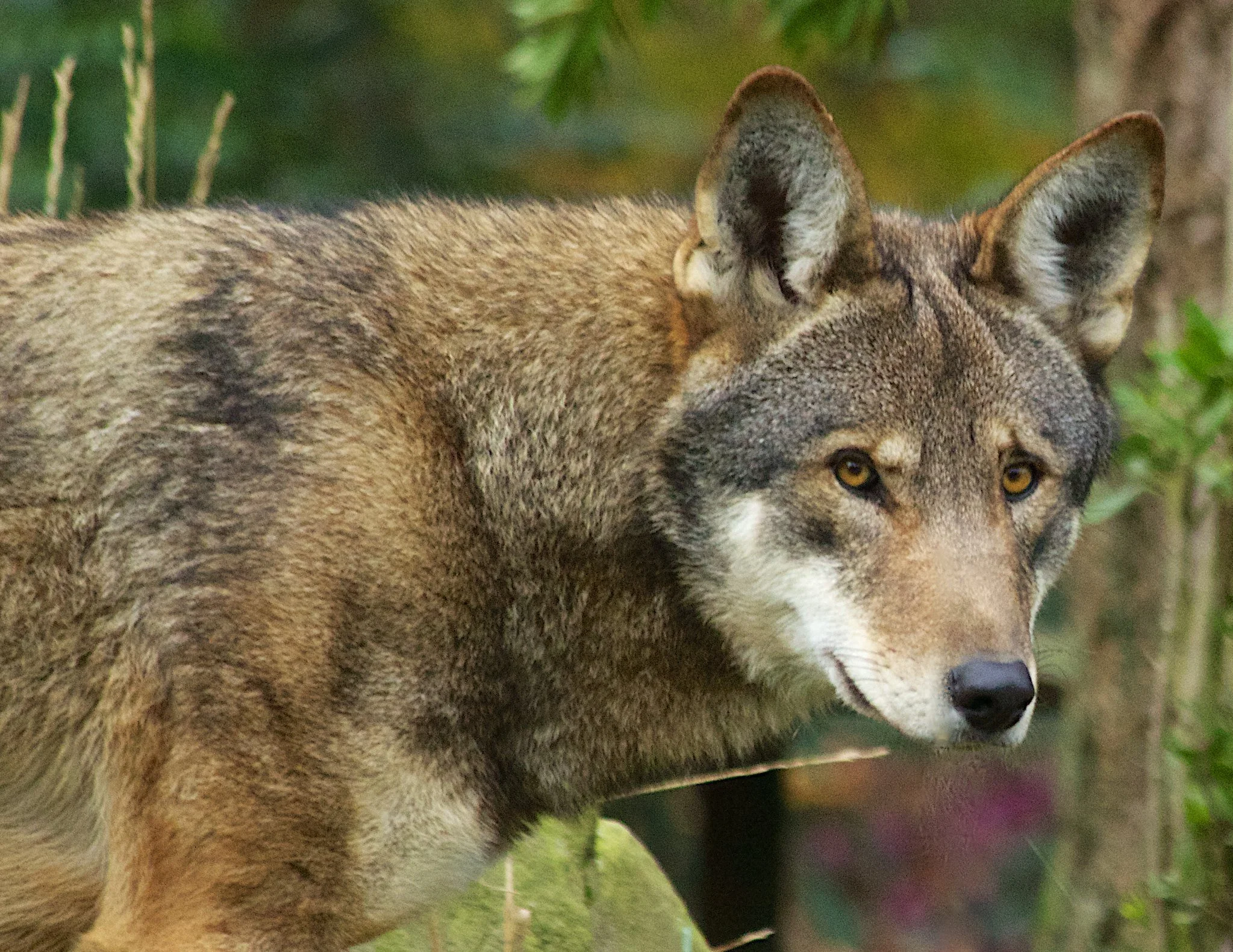
BLOG

Reflections from Lower Klamath: Waters That Shaped Us, Futures We Must Protect
Mount Shasta, snow-covered, loomed in the background. Stretched out before me, marshlands sparkled, and hundreds of white-faced ibis, Wilson’s phalaropes, black-necked stilts, and long-billed dowitchers brought the landscape alive as they twirled, probed, and pranced in pursuit of breakfast. Hundreds (maybe a thousand) red-winged blackbirds winged overhead. The site? Lower Klamath National Wildlife Refuge that straddles the Oregon-California border.

$500 Million for Refuge Disaster Relief—Thanks to Your Advocacy!
Big news for national wildlife refuges! Congressional leaders just released a funding bill to keep the government running through March 14, 2025 (coincidentally the anniversary of the National Wildlife Refuge System!). But even more exciting, this bill includes $500 million for disaster relief to repair national wildlife refuges damaged by hurricanes, floods, and severe storms.

Prowling Back From The Brink: The Florida Panthers’ Tale of Triumph & Challenge
Florida Panthers are subspecies of Mountain Lion and are known for their elusive nature. They are highly independent and territorial, except when mating or raising kittens. Compared to other subspecies, Florida Panthers have characteristics of a crooked tail, unique patches on their fur, and black markings that highlight the tips of their tails, ears, and snout. They prefer warm climates like swamps, wetlands, and upland forests. In the past, their range extended beyond Florida, and many wild panthers were spotted in the Gulf Coast states, between Florida and Louisiana, and even in Arkansas. However, today, a majority of the remaining wild panthers can be found only in the southwestern tip of Florida, with an estimated population of just over 200 individuals.

In the Shadows of Extinction: The Plight of the Red Wolves
Red wolves desperately require your help at this moment. This remarkable species, known for its intelligence and stunning beauty, plays a vital role as an apex predator in its ecosystem. Protecting red wolves is crucial for maintaining a balanced and healthy environment. The survival of this species is in grave danger, and they are on the verge of extinction.

Unveiling the Untamed Wonders of Izembek National Wildlife Refuge
Step into a realm of untamed beauty and ecological wonder, where the symphony of nature's rhythms unfold in perfect harmony. Welcome to Izembek National Wildlife Refuge, an extraordinary sanctuary located on the Alaska Peninsula’s southern coast. In the safety of this national wildlife refuge that hosts an unparalleled diversity of life among its abundant eelgrass beds, the Pacific black brant finds its seasonal haven. As stewards of the land, we invite you to discover the hidden treasures of this fragile ecosystem and the urgent need to safeguard it.
